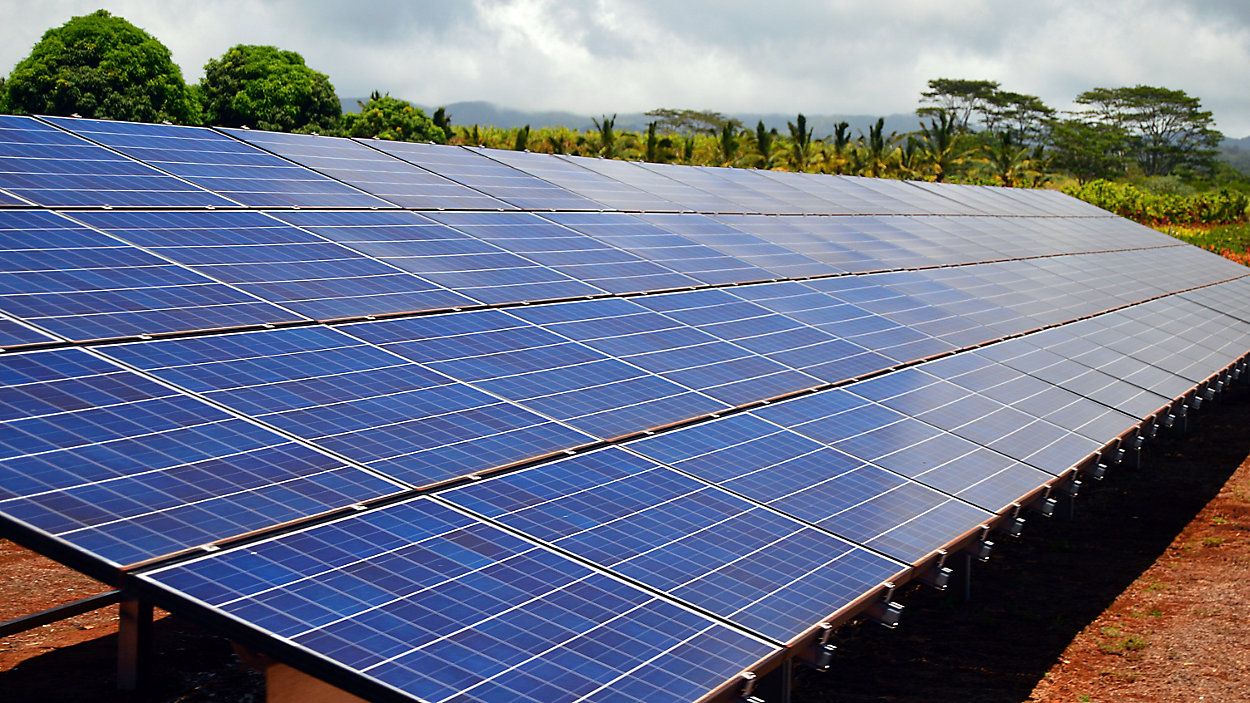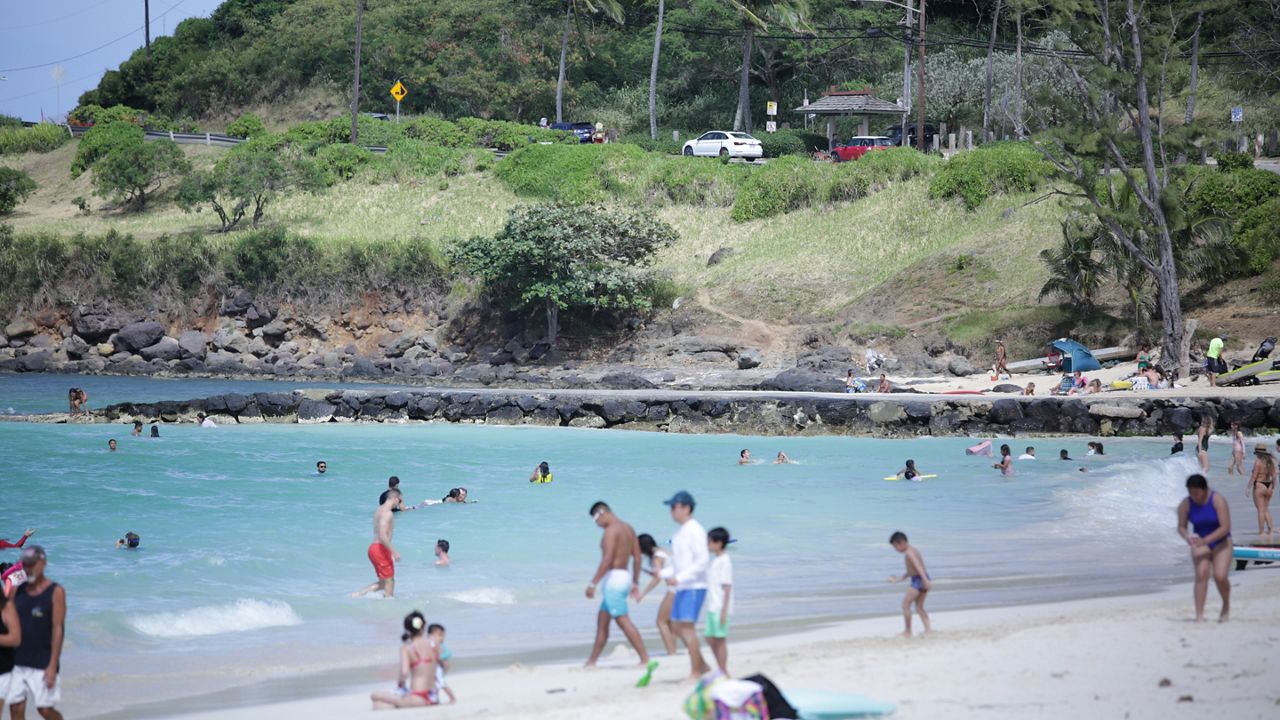Hawaiian Electric, which serves all the islands except Kauai, is making significant changes to its rooftop solar and energy storage programs, which go into effect Monday.
HECO’s new program, Smart Renewable Energy (or Smart DER), was approved by the Public Utilities Commission.
According to a news release, it replaces all previous rooftop solar programs, with the exception of Net Energy Metering.
The utility also launched the Bring Your Own Device program for solar customers pairing rooftop systems with battery storage. This program replaces the Battery Bonus program.
However, for new customers on Maui, Battery Bonus will remain open until enrolled capacity reaches 15 megawatts or until June 30, whichever comes first.
From now on, customers who apply to install a grid-connected solar system must do so through Smart DER, which provides export and non-export tracks. For customers who are already enrolled in HECO’s rooftop or solar energy programs, they have the following options:
NEM and NEM Plus: No changes are required for customers in these programs.
Customer Grid Supply, CGS Plus and Smart Export: Customers in these programs must transition to the Smart DER export track within seven years from their initial agreement date, starting Oct. 1, 2024. HECO will automatically conduct the transition.
Customer Self Supply or Standard Interconnection Agreement: Customers enrolled in these programs are not required to switch to Smart DER, but if they do so they will transition to the non-export track.
Battery Bonus: Customers are not required to transition to the BYOD program but have the option to do so before their Battery Bonus agreement ends.
HECO originally planned to launch the new programs on March 1, but they postponed the launch date to make changes in response to objections from the solar industry.
Energy experts have criticized HECO’s new programs, saying they disincentive sharing solar energy with the grid, according to reporting from Grist. The BYOD program provides households with incentives to deliver power to the grid during peak demand, but the compensation is not as much as the Battery Bonus program. Some solar advocates think it’s too low to encourage people to enroll. However, HECO told Grist that they must also consider the costs for customers who don’t have rooftop solar systems and end up subsidizing these programs.
In 2023, HECO reported it achieved 33% renewable energy, which was bolstered by new grid-scale and rooftop solar capacity. The state of Hawaii has an ambitious goal to use only clean energy by 2045.
Michelle Broder Van Dyke covers the Hawaiian Islands for Spectrum News Hawaii. Email her at michelle.brodervandyke@charter.com.








